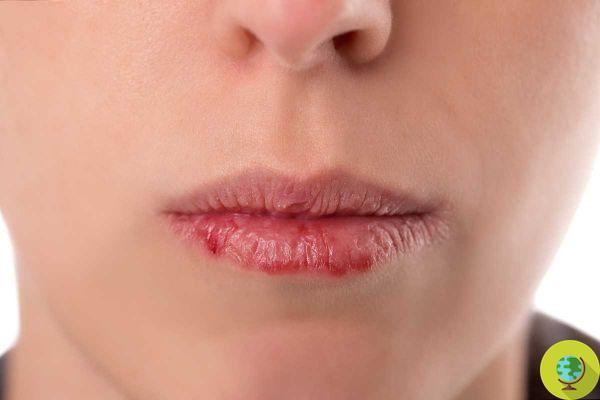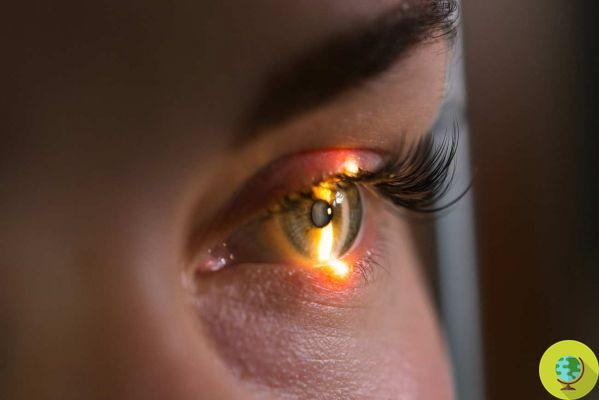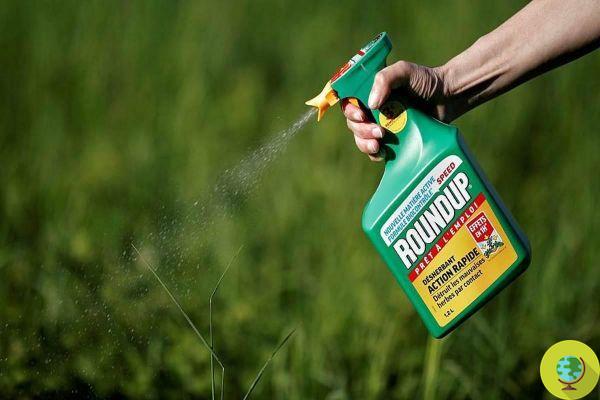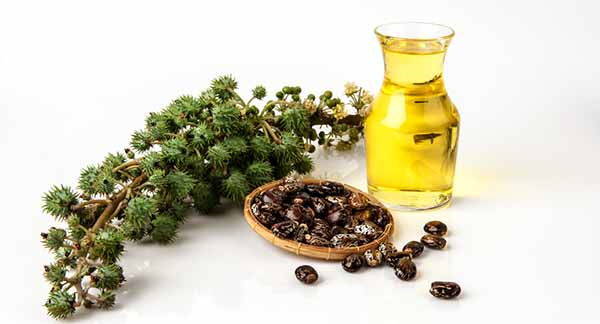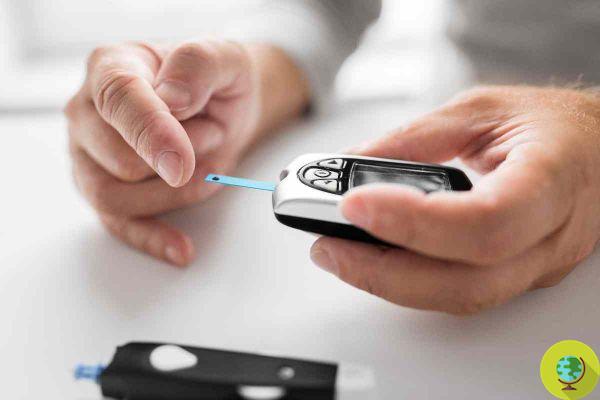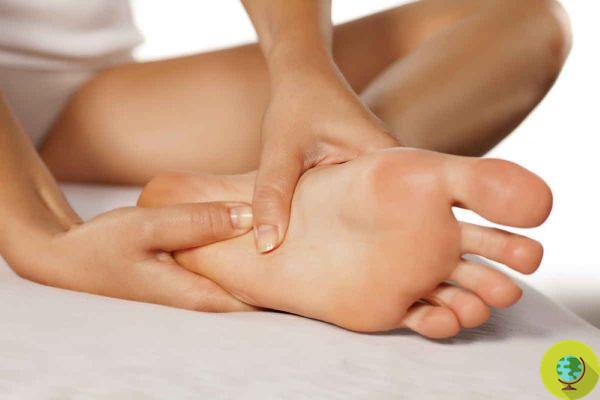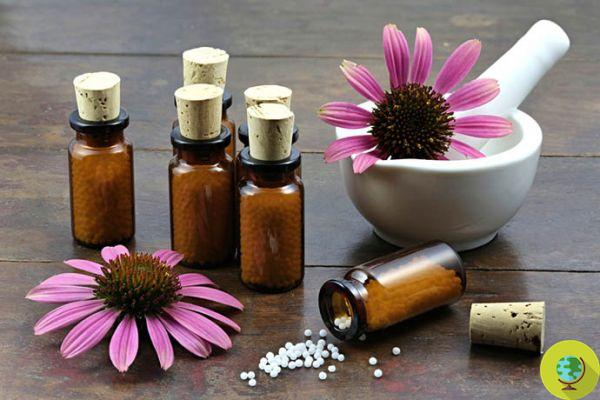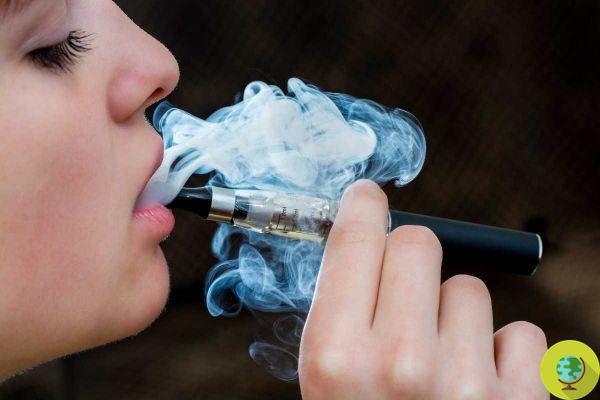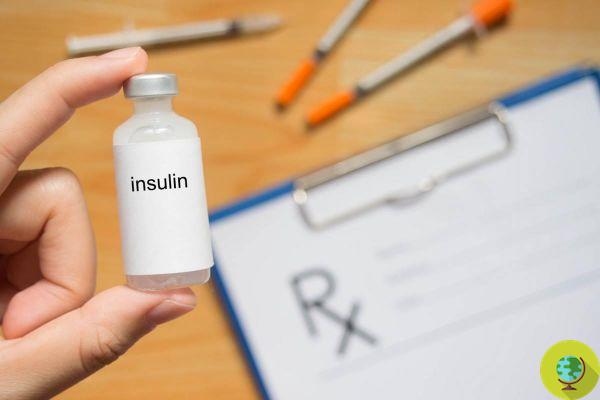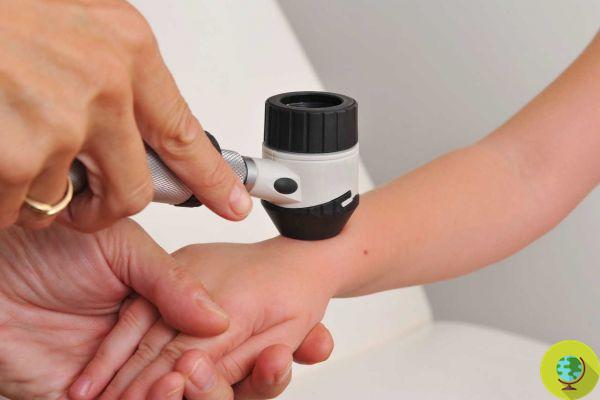
Counting the number of moles on your right arm can be a quick way to understand your melanoma risk
Don't store avocado like this: it's dangerousCounting the number of moles on your right arm can be a quick way to understand your melanoma risk
Melanoma, a study showed how to look and to count i in that you have on right arm help estimate if you are at risk of skin cancer. How many of you have done it right now? Well, because some researchers led by Simone Ribero, an expert in the Department of Twin Research and Genetic Epidemiology at King's College London, are quick to swear that people with more than 11 moles on their right arm are more likely to have more than 100 moles on their right arm. XNUMX in total, so they would be more at risk of developing melanoma. READ also: Skin cancers: if you have a suspicious mole this simple method will allow you to understand if you need to worry)
Index
Why the right arm?
The 2015 study analyzed the data of 3.594 twin women, all women, then only after the data were confirmed with a search on a smaller sample made up of both men and women and 17 different parts of the body were examined. . Researchers studied and correlated skin tests, hair and eye color, freckles and moles counts on 17 body parts and total moles counts with the aim of predicting which site in the body reflected best. the total count of moles.
Just the right arm turned out to be the area that is most able to predict the total number of moles and therefore the degree of risk for the development of a melanoma. Women with more than seven moles on their right arm had a higher risk of having more than 50 in total. Those with more than 11 on the right arm were more likely to have 100 in the totals, which means a higher risk of melanoma.
This study follows previous work aimed at identifying the best representative site for assessing the total number of moles on the body, said Simene Ribero, the lead professor of the research.
In fact, if it is true that only a percentage between 20 and 40% of melanomas derive from pre-existing moles, it is also true that the presence of a single extra mole can increase the risk of melanoma by 2-4%. In order not to count them all, experts have long been looking for a way to estimate their number by evaluating their presence on a more limited area of the epidermis.
These results - concludes Ribero - could have a significant impact in primary care and allow general practitioners to more accurately estimate the number of moles in a patient very quickly on an easily accessible part of the body. This would mean being able to identify and monitor more patients at risk for melanoma.
Ribero's team then duplicated these results in a group of 415 healthy men and women, confirming that the most predictive sites of total body moles would be the arms and legs. In particular, the number of moles on the right arm - especially those above the elbow - allows for the best possible estimate of the total number of moles on the body.
The right arm can be so predictive probably because most people are right handed and use their right arm and hand for many tasks, resulting in more sun exposure.
Difference between moles and freckles
For the purpose of the study, the researchers defined a mole as a pigmented raised tissue of more than 2 millimeters in diameter, consisting of melanocytes or cells that produce melanin, not to be confused with freckles which are not a group of cells, but a collection of pigments.
Moles, although they can occur at any time, are often present at birth, while freckles usually develop later in life. Furthermore, the latter are flat as opposed to moles, which can also be detected by touching them by passing the finger over them.
What to do if you have more than 11 moles on your arm
So what to do if you have more than 11 moles in your arm or, in general, more than 50 all over your body? The advice is to be monitored closely by your doctor or a dermatologist as well as to keep an eye on your skin yourself by doing monthly skin exams. As Brian Gastman, MD, a plastic surgeon specializing in skin cancer and co-director of the Cleveland Clinic Melanoma Center, also reminds WebMed:
One of the cheapest things to do is to buy a full-length mirror and ask a spouse or friend to keep an eye on your moles, asking if anything has changed.
A home self-analysis of suspected moles is also possible with the so-called ABCDE method.
But, in general, what everyone should remember to do is one periodic screening of moles, avoid the solar lampsi (their danger is now proven and they are considered carcinogenic like cigarettes) and exposure to the sun (even in winter, if necessary) with adequate protective factors.
- Follow your Telegram|Instagram | Facebook|TikTok |Youtube
Sources: BJD / WebMed
On melanoma you may also be interested in:
- Caffeine protects our skin from melanoma. The ISS study
- Skin cancer: If you have a suspicious mole this simple method will allow you to understand if you need to worry
- Melanoma, exposure to herbicides increases the risk by 85%. I study
- Melanoma: will a drug against hypertension to defeat skin cancer?
- Green tea effective against skin cancers




